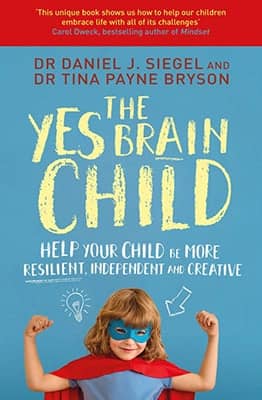Exploring the Waves: A Surfing Adventure in Margaret River
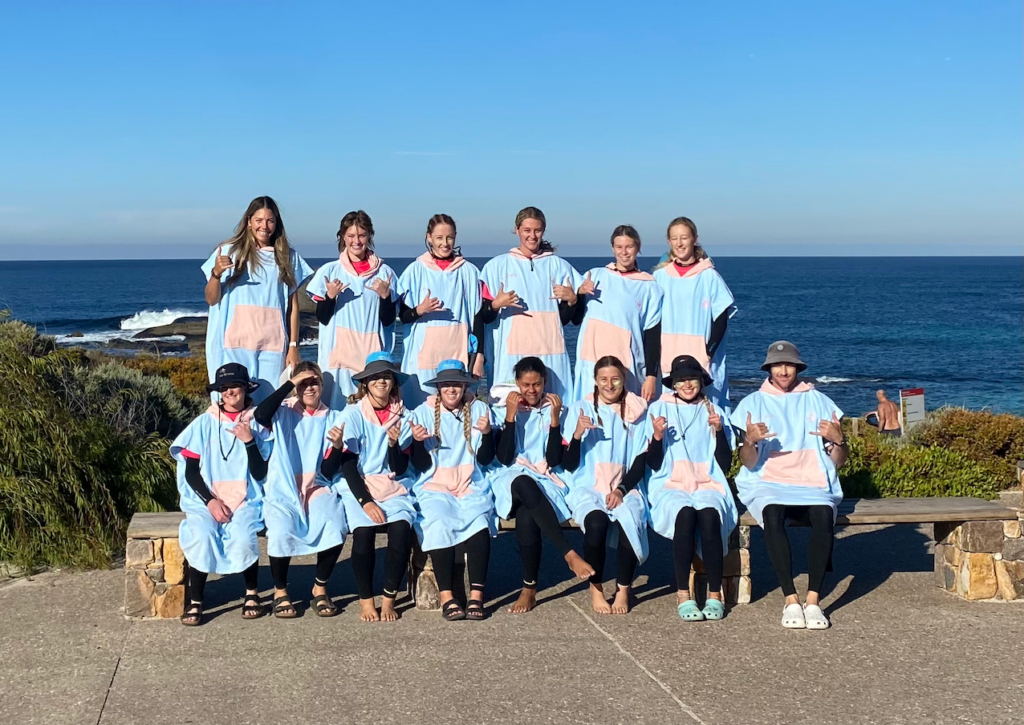
After honing their skills through early mornings at Trigg Beach during Term 1, the Year 12 Outdoor Education students embarked on an exciting four-day Surfing Expedition to Margaret River, Western Australia’s renowned surf destination.
During the early morning lessons at Trigg, students learned to read the surf conditions and select appropriate surfing spots. They practised wave selection, paddle timing and pop-ups on the waves. Students also worked on following surf etiquette when choosing waves and keeping themselves safe when they dismount their boards and go under big waves.
Their classroom preparation included mapping hiking routes, developing leadership activities, deciding on personal and group goals, looking at weather and surf conditions, creating packing lists, looking at risk management, and learning about the history of the area and the flora and fauna they could see.
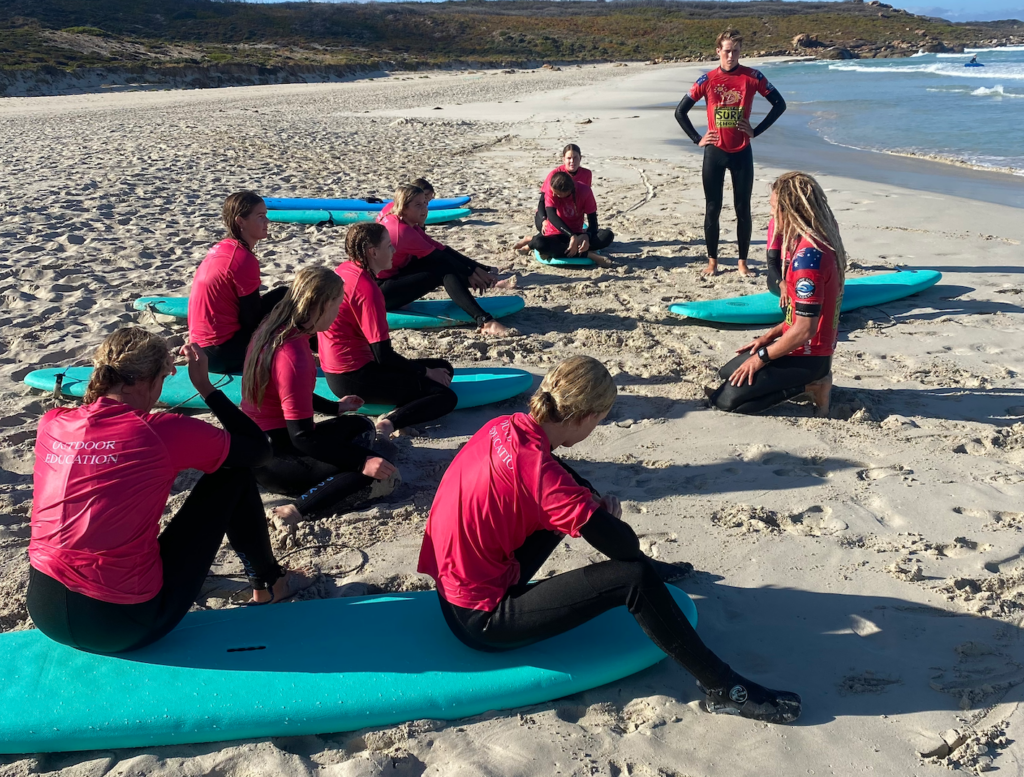
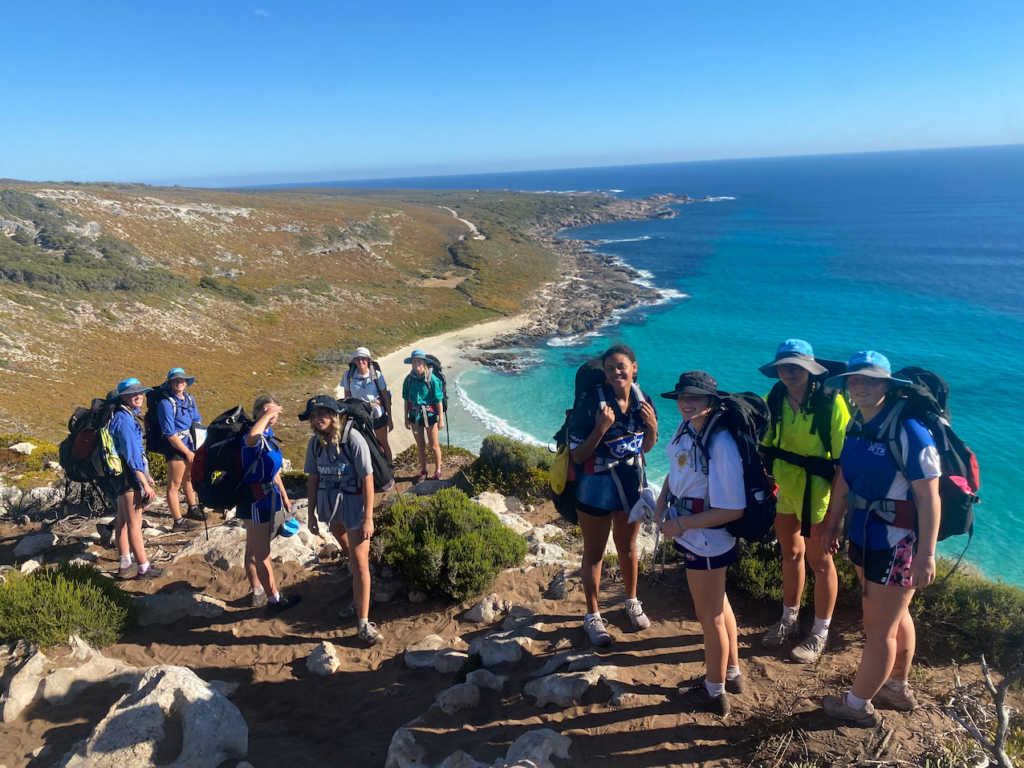
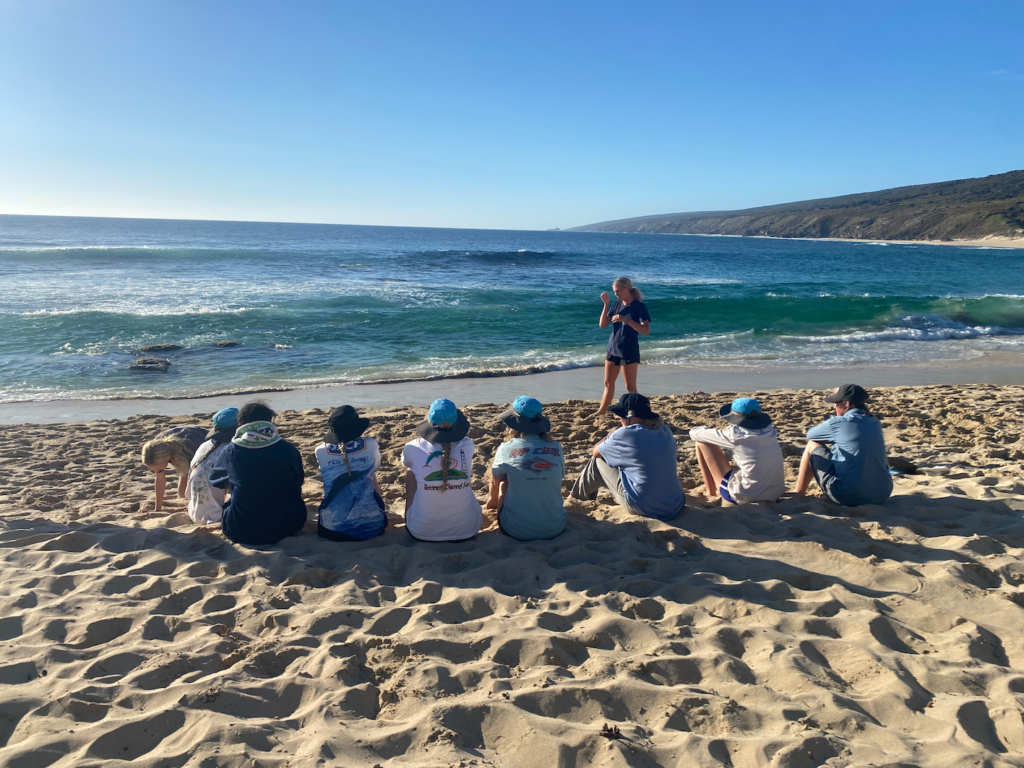
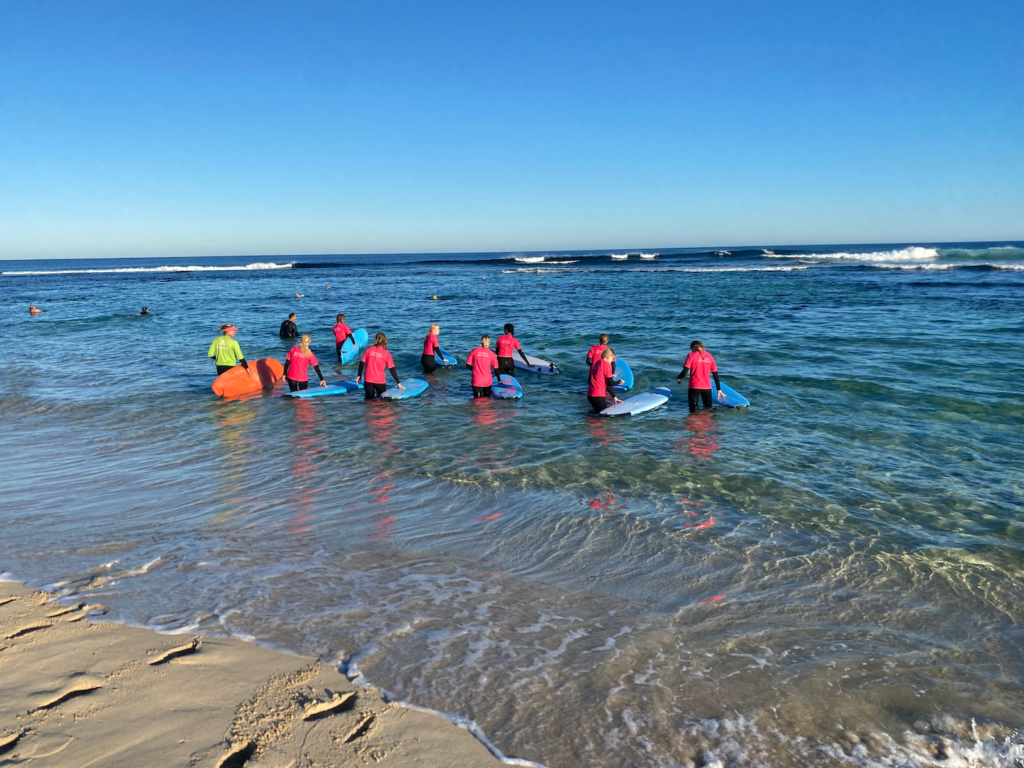
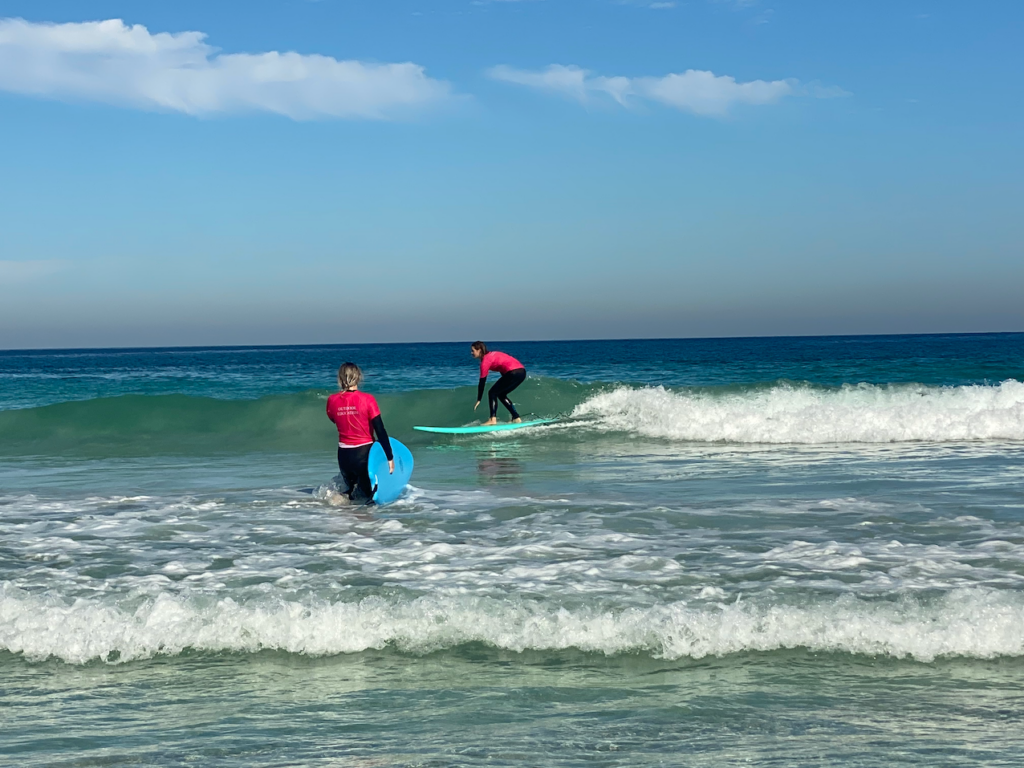
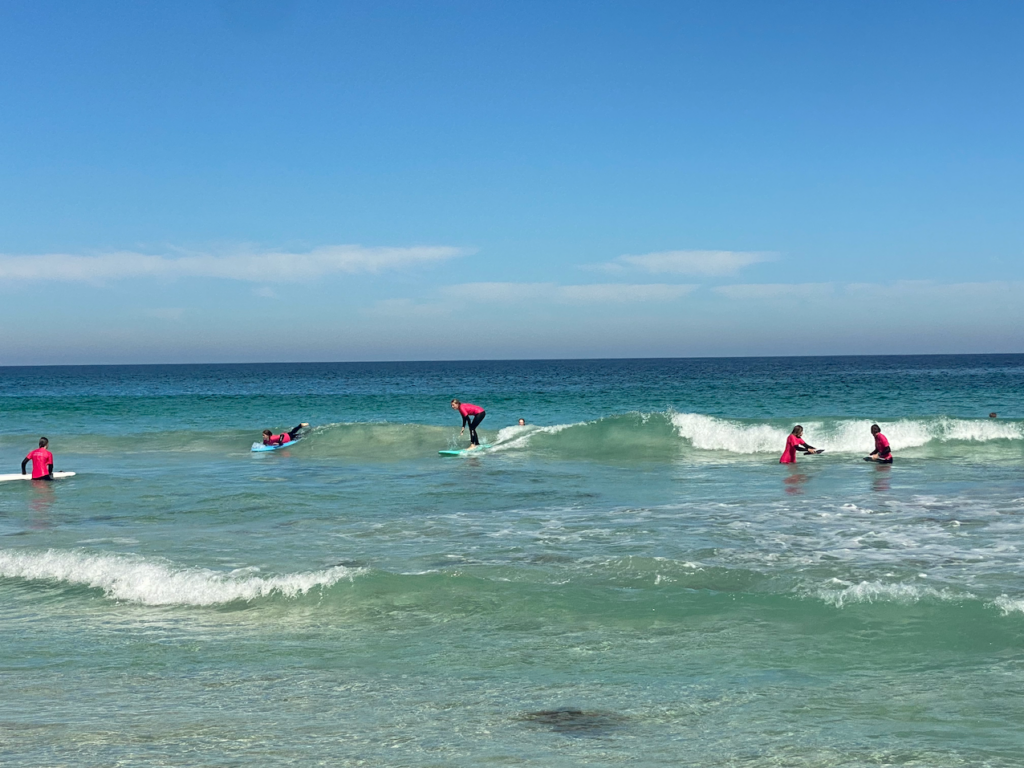
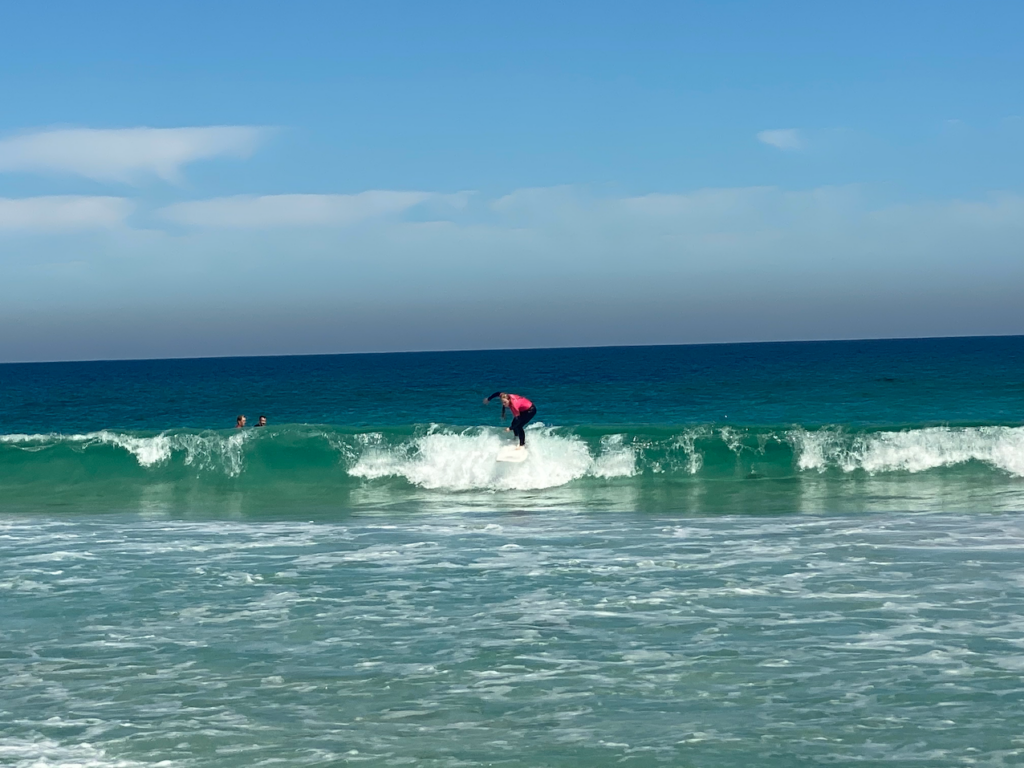
Camping at Contos campsite for two nights set the stage for the expedition’s immersive experience, culminating in a final night’s stay at Yallingup.
During the expedition, students were in groups of three and were responsible for planning a 1.5-hour leadership activity that was engaging and meaningful. Students also had to complete a risk management plan for their activity, while also briefing and debriefing the group before and after their activity. Beach Olympics and painting their favourite surfing memory were both highlights of the expedition.
Some of the practical tasks students undertook included camp craft (shelters, tents, camp cooking), surfing, personal skills, leadership tasks, navigation, working with others, and relationship with nature.
Students also kept a surfing journal as part of their theory task which was completed each evening. Students reflected on their day and answered questions relating to their goals and experiences.
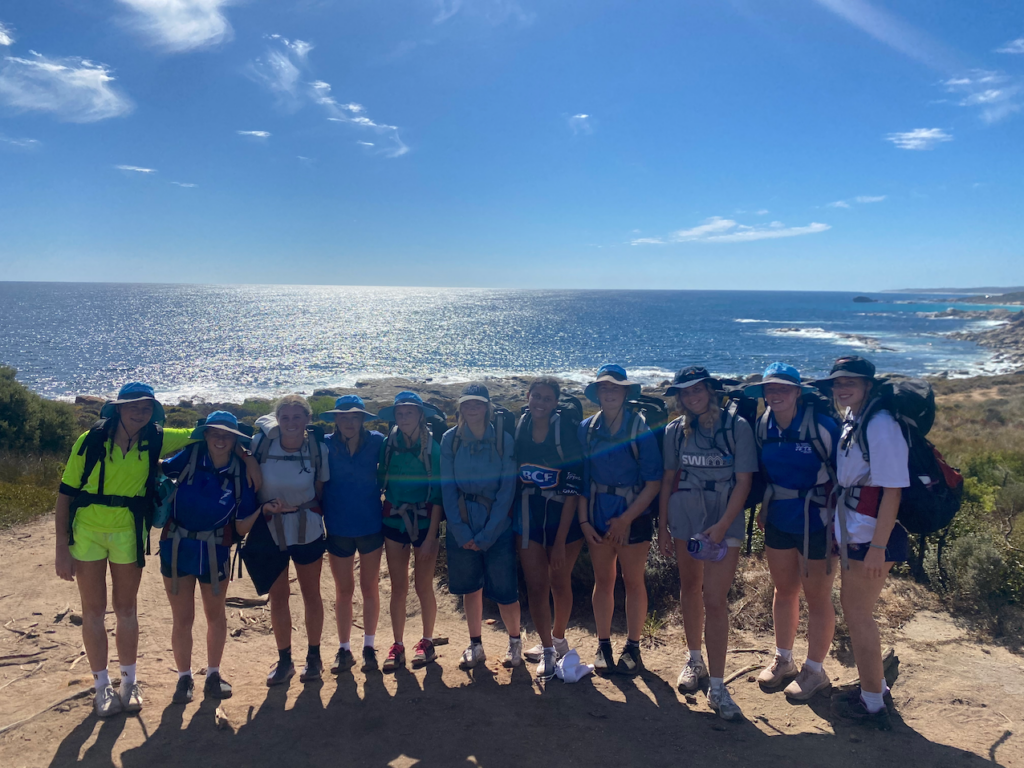
When asked about a typical day of the camp, Coordinator Parris Laurie said, “Each day is different during the expedition, but a typical day would see the students waking up at 5.45 am, packing up camp and having breakfast. After packing the bus, we would head to our surf destination that day. Students set up beach shelters and first aid on the beach. We would surf for 3.5 hours, followed by lunch to refuel before the afternoon’s activities. After lunch, students hiked with their packs to their campsite for that night, then set up camp and completed one of the groups’ leadership activities. Students would then begin preparing their dinner and cooking on their Trangia stoves. Following clean up, they spend time completing their journal entries before having an early night to do it all again the next day.”
Here’s what some of the students had to say about the experience:
“The highlight of the camp for me was sitting out waiting for waves while dolphins came near us chasing the salmon. I loved seeing everyone catching waves and their progress throughout the camp” Lauren Paganoni
“The bigger waves were scary, but we were confident in our skills, and we pushed ourselves outside our comfort zones” Stella Wessels
“I’ve actually really enjoyed not having my phone. I want to try and be on it less when I’m back home” Jessica Buck

Combating The Attention Span Crisis In Our Students – Jennifer Oaten
It is no secret that attention spans have been steadily declining, especially among younger generations growing up immersed in digital technology. The average person’s attention span when using a digital device has plummeted from around two and a half minutes back in 2004 to just 47 seconds on average today – a dramatic 66% decrease over the past two decades.
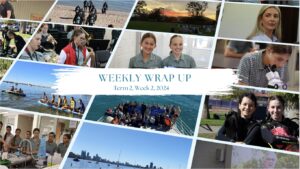
Weekly Wrap Up: Term 2, Week 2, 2024
Week 2 has come to an end! This Weekly Wrap Up features highlights from Scuba Diving Club, the Sisterhood Series, and Boarding ANZAC Service.
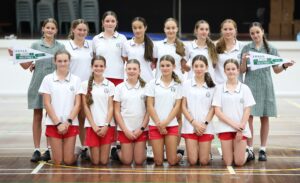
Santa Maria Teams Shine in Term 1 Sports
Santa Maria had a huge number of girls in the IGSSA AFL and Volleyball competition with strong results for a number of teams.
- Adaptability, Collaboration, Featured, Learning for Life, Resilience
Author: Santa Maria College
Santa Maria College is a vibrant girls school with a growing local presence and reputation. Our Mission is to educate young Mercy women who act with courage and compassion to enrich our world. Santa Maria College is located in Attadale in Western Australia, 16 km from the Perth CBD. We offer a Catholic education for girls in Years 5 – 12 and have 1300 students, including 152 boarders.
